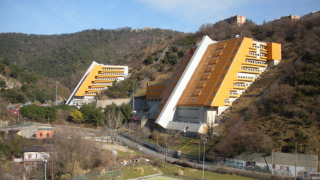Under the details of the project scope, Subsea Environmental Services will remove and recycle the cable shore-ends in the US, UK, France, Denmark and The Netherlands as well as the deep-water segments in the North Atlantic.
“The scope of this project presents an exciting opportunity for all Stakeholders to participate in the notable benefits associated with the decommissioning of TAT-14,” said John Theodoracopulos, managing director at Subsea Environmental Services.
“Red Penguin have been an excellent partner and we look forward to continuing to work closely together.”
The project has been in its planning phase for almost a year starting with a comprehensive desktop decommissioning study.
The report has addressed the queries of multiple stakeholders with relating to permitting, environmental impact, GIS / database analysis, review of as-builts, crossings and proximity considerations of third-party assets across various international boundaries and jurisdictions.
‘As specialists in managing risk across diverse, complex submarine cable projects, Red Penguin is delighted to be working with Subsea on the decommissioning of TAT-14 and see it as a signpost for future cable recovery,’ said Matt Bowden, general manager at Red Penguin.
The operations phase started the week of 26 April 2021, with the planned recovery of shore-ends in Denmark and The Netherlands. Completion of all in-shore works is due by the end of 2021.
In related news, Capacity spoke to industry experts and environmentalists on the subject of decommissioning out of service cables and greening of the subsea sector.






